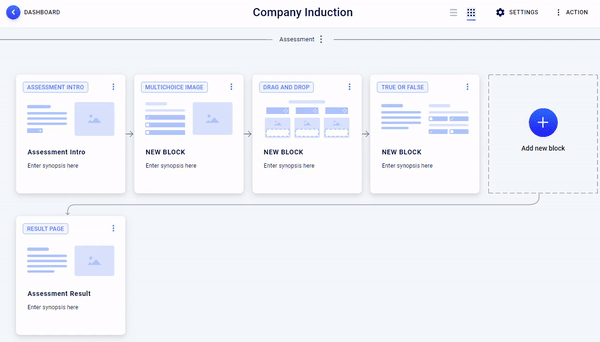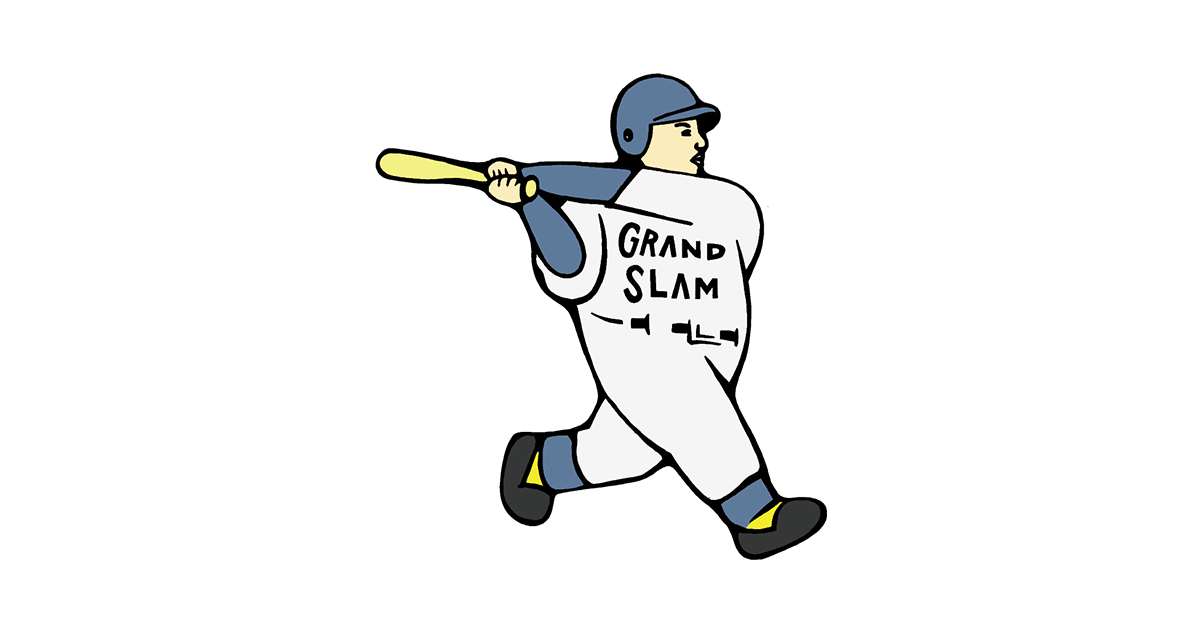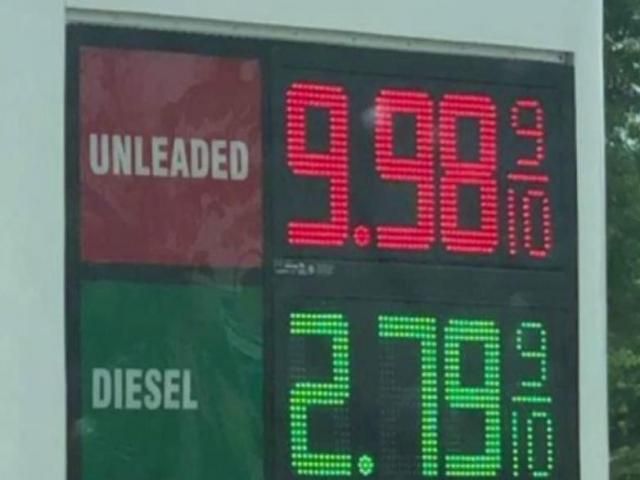Summer's First Blow: Hailstorm Damage Assessment For Pools And Lawns

Table of Contents
Assessing Hail Damage to Your Pool
Hailstones, even small ones, can inflict considerable damage on your swimming pool and its surrounding area. A thorough assessment is crucial for timely repairs and successful insurance claims.
Pool Surface Damage:
Examine the pool's surface meticulously for any signs of hail impact. Even seemingly minor damage can lead to larger problems later. Look for:
- Cracks in the pool finish: Check for cracks in plaster, tile, or fiberglass surfaces. These cracks can allow water to seep into the pool structure, causing further damage and potential structural issues.
- Chips or pitting: Small chips and pitting in the surface are common. While some might be cosmetic, larger damage could require professional repair or resurfacing.
- Discoloration or staining: Hail impact can dislodge surface materials, leading to discoloration or staining. This is particularly noticeable in lighter-colored pool finishes.
- Damage to coping stones or surrounding deck: Check the coping stones around the pool and the surrounding deck for cracks, chips, or displacement caused by hail.
Equipment Damage:
Don't forget to inspect your valuable pool equipment for hail damage. This is often overlooked but can be costly to repair. Check for:
- Pump and filter systems: Hail can damage the housing or internal components of your pump and filter, leading to reduced efficiency or complete failure.
- Lighting fixtures: Pool lights are particularly vulnerable to hail damage, with potential for cracked lenses or internal damage.
- Automatic pool cleaners: These robots can sustain damage to their housing or internal mechanisms, impacting their functionality.
- Solar panels (if applicable): If you have solar pool heating panels, examine them for cracks or damage that could affect their efficiency.
Fencing and Surroundings:
The area surrounding your pool is also susceptible to hailstorm damage. Assess:
- Broken fence panels: Hail can easily break or damage weaker fence panels, compromising safety and security.
- Damaged gates: Pool gates might be bent, damaged, or no longer function properly due to hail impact.
- Uprooted plants or trees near the pool: Large hailstones can uproot or damage plants and trees near the pool, creating potential hazards or further damage.
Documentation:
Thorough documentation is paramount for insurance claims. Take clear, well-lit photos of:
- All damaged areas of the pool surface.
- Each piece of damaged equipment.
- Any damage to the fencing and surrounding landscaping.
- Wide shots showcasing the overall extent of the damage.
Assessing Hail Damage to Your Lawn
Your lawn, a key part of your outdoor space, can also suffer significant damage from a hailstorm.
Lawn Damage Assessment:
Examine your lawn closely for these signs of hail damage:
- Bruised or flattened grass blades: Hail can bruise and flatten grass blades, leading to temporary discoloration.
- Damaged or broken stems: Severe hail can break grass stems, causing significant damage that may take time to recover.
- Areas of significant browning or discoloration: Browning or discoloration indicates stressed or damaged grass that may need re-seeding or other treatment.
- Hail-damaged trees or shrubs surrounding the lawn: Don't forget to assess the health of trees and shrubs surrounding your lawn, as hail can damage their leaves and branches.
Soil Erosion:
Heavy hail can impact soil stability, leading to:
- Soil compaction: The force of the hail can compact the soil, hindering water drainage and root growth.
- Erosion: Hail can dislodge soil particles, leading to erosion, particularly on slopes or areas with poor drainage.
Irrigation System Damage:
Inspect your sprinkler system for any signs of damage:
- Damaged sprinkler heads: Hail can crack or break sprinkler heads, affecting your lawn's watering efficiency.
- Damaged pipes: Underlying pipes might be damaged, leading to leaks or reduced water pressure.
- Damaged controllers: The control unit for your irrigation system could be damaged, affecting its operation.
Documentation:
As with pool damage, clear photographic documentation is essential. Capture images of:
- The extent of the browned or damaged grass areas.
- Any areas of soil erosion.
- Damaged components of the irrigation system.
Filing an Insurance Claim for Hail Damage
After assessing the damage, promptly initiate your insurance claim.
Contact Your Insurance Provider:
Contact your insurance company as soon as possible to report the hail damage and begin the claims process. Provide them with a preliminary description of the damage.
Provide Comprehensive Documentation:
Submit all your photographs, along with detailed descriptions of the damage and its location. The more comprehensive your documentation, the smoother the claims process will be.
Understand Your Policy:
Carefully review your homeowner's or renter's insurance policy to understand your coverage for storm damage, including deductibles and limitations.
Seek Professional Assessments:
Obtain written estimates from reputable pool and lawn repair companies. These professional assessments provide crucial support for your insurance claim.
Conclusion
Hailstorms can inflict significant damage on your pool and lawn, requiring prompt assessment and repair. By carefully examining your property for damage—including the pool surface, equipment, fencing, lawn, irrigation system, and surrounding landscaping—and documenting everything with photos, you can effectively prepare for insurance claims and initiate necessary repairs. Remember to contact your insurance provider immediately. Don't delay in addressing hailstorm damage to protect your investment and restore your outdoor oasis. Properly assessing pool and lawn damage after a hailstorm is key to a smooth recovery. Start your assessment today and get your outdoor spaces back in shape!

Featured Posts
-
 Wbd Details Extensive Plans For Grand Slam Tournament Broadcasting
May 12, 2025
Wbd Details Extensive Plans For Grand Slam Tournament Broadcasting
May 12, 2025 -
 The Benny Blanco And Selena Gomez Photos What They Reveal
May 12, 2025
The Benny Blanco And Selena Gomez Photos What They Reveal
May 12, 2025 -
 Could Henry Cavill Be Wolverine In Marvels World War Hulk Movie Fan Theories Explored
May 12, 2025
Could Henry Cavill Be Wolverine In Marvels World War Hulk Movie Fan Theories Explored
May 12, 2025 -
 Karlyn Pickens Historic 78 2 Mph Fastball Redefining Ncaa Softball
May 12, 2025
Karlyn Pickens Historic 78 2 Mph Fastball Redefining Ncaa Softball
May 12, 2025 -
 La Rental Market Exploits Fire Victims Price Gouging Concerns Rise
May 12, 2025
La Rental Market Exploits Fire Victims Price Gouging Concerns Rise
May 12, 2025
